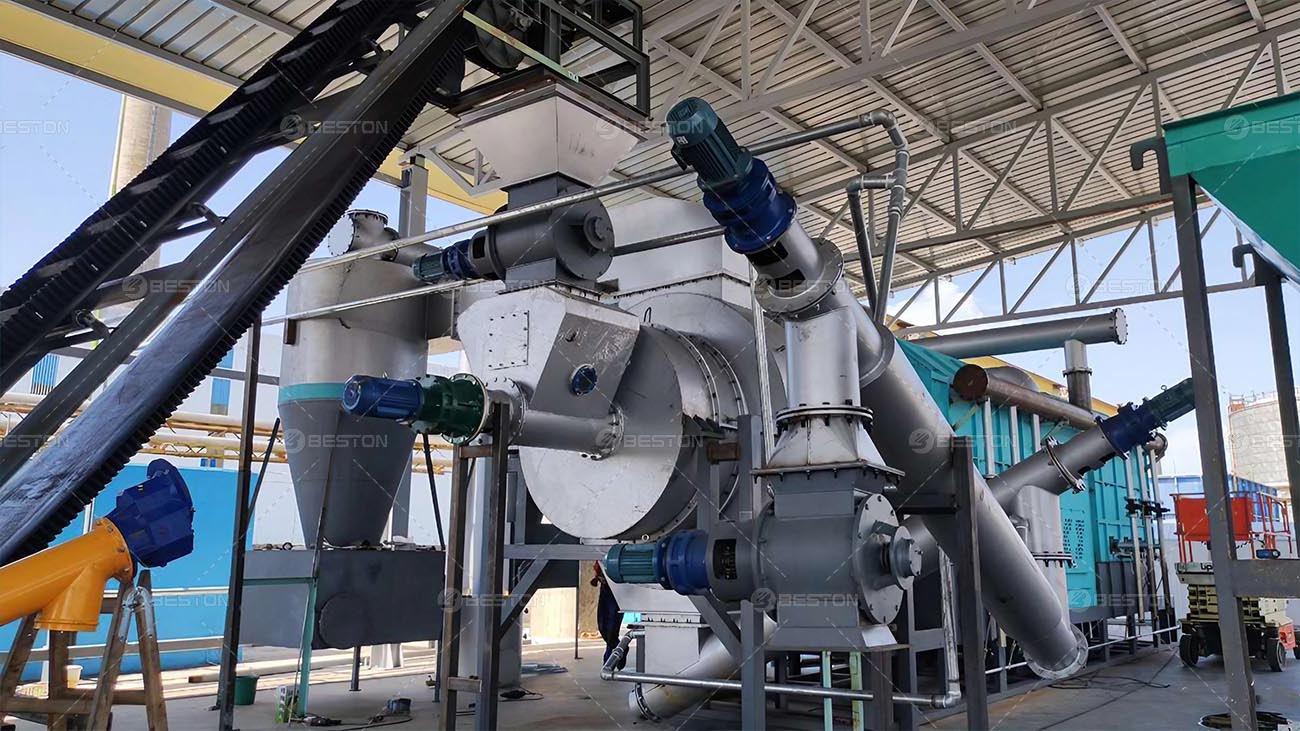Charcoal production is a meticulous process where the choice of wood type significantly influences efficiency. The wood charcoal machine utilized plays a pivotal role in this conversion. Understanding how different wood types affect the charcoal making efficiency can optimize production outcomes.

Introduction to Charcoal Making
Charcoal, a porous carbon substance, is derived from burning wood in a controlled environment with restricted oxygen supply. This process, known as pyrolysis, transforms wood into charcoal while eliminating volatile components. The wood charcoal machine manages this pyrolysis process, impacting the quality and quantity of charcoal produced.
Factors Influencing Efficiency
- Density and Chemical Composition: Different wood types vary in density and chemical composition. Hardwoods such as oak or maple have higher density and lower moisture content compared to softwoods like pine or spruce. The wood charcoal machine must account for these differences in its operation to achieve optimal efficiency.
- Heat Generation: During pyrolysis, the heat generated must be sufficient to sustain the process and convert wood into charcoal effectively. Hardwoods generally produce more heat due to their higher density, facilitating faster conversion in the wood pyrolysis plant.
- Carbonization Rate: The rate at which wood undergoes carbonization differs between wood types. Dense hardwoods tend to carbonize more slowly but yield higher-quality charcoal. Softwoods carbonize faster but may produce charcoal with lower energy content.
Impact of Wood Type on Charcoal Quality
The quality of charcoal is crucial for its end use, whether in industrial applications or cooking.
- Energy Content: Hardwoods typically yield charcoal with higher energy content per unit volume. This is advantageous in applications requiring sustained heat, such as in metallurgy or blacksmithing.
- Purity and Ash Content: The purity of charcoal, measured by its ash content, varies with wood type. Hardwoods often produce charcoal with lower ash content, indicating higher purity and better combustion properties.

Operational Considerations
- Machine Design: Wood charcoal briquette machine is designed to accommodate different wood types. They incorporate features such as adjustable airflow and temperature controls to optimize the pyrolysis process for various woods.
- Maintenance: Regular maintenance of the wood charcoal machine is essential to ensure consistent performance. This includes cleaning out ash residues and monitoring component wear to prevent inefficiencies.
Environmental Considerations
- Sustainability: Opting for sustainably sourced wood is critical for minimizing environmental impact. Charcoal production from fast-growing hardwoods like acacia or eucalyptus can be more sustainable than from slow-growing hardwoods like teak.
- Emissions: The pyrolysis process in wood charcoal machines generates emissions that contribute to air pollution. Efficient machines with proper emission control mechanisms can mitigate this impact. Please contact Beston Group for more charcoal production solutions.
Future Trends and Innovations
Advancements in wood charcoal machine technology are focusing on enhancing efficiency and reducing environmental footprint:
- Integration of automated controls for precise temperature and airflow regulation.
- Utilization of waste heat from pyrolysis for supplementary purposes, improving overall energy efficiency.
- Development of portable and scalable machines for decentralized charcoal production in rural areas.
Conclusion
The efficiency of charcoal production is intricately linked to the type of wood used and the design of the wood charcoal machine employed. Understanding these factors allows for optimization of processes to meet varying industrial and domestic demands. As technologies evolve and environmental considerations grow, advancements in wood charcoal machine design will continue to shape the future of sustainable charcoal production.